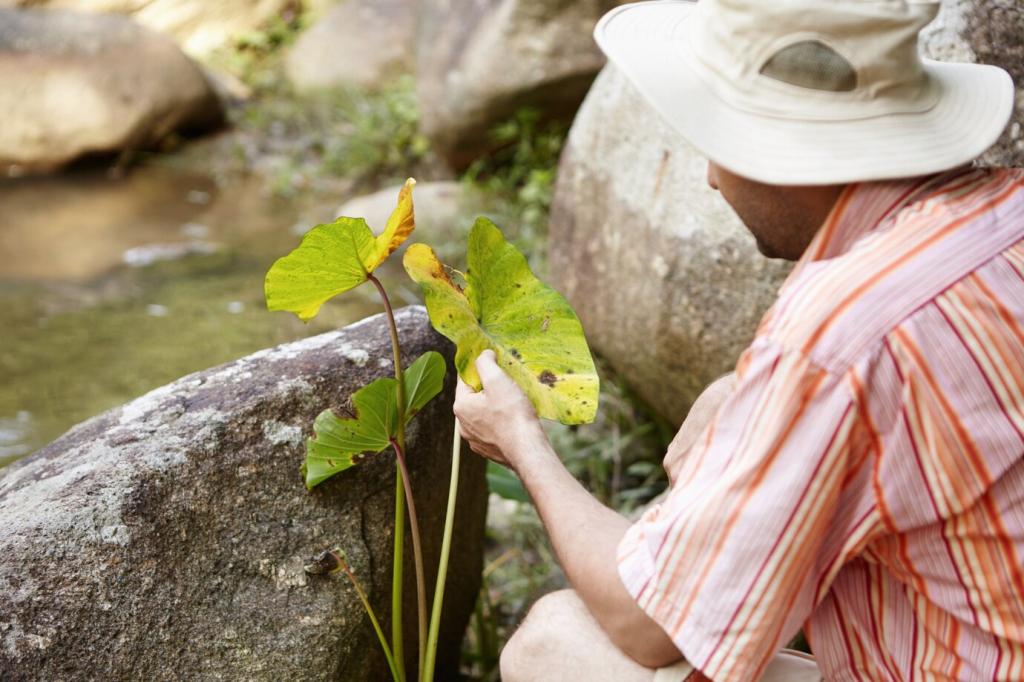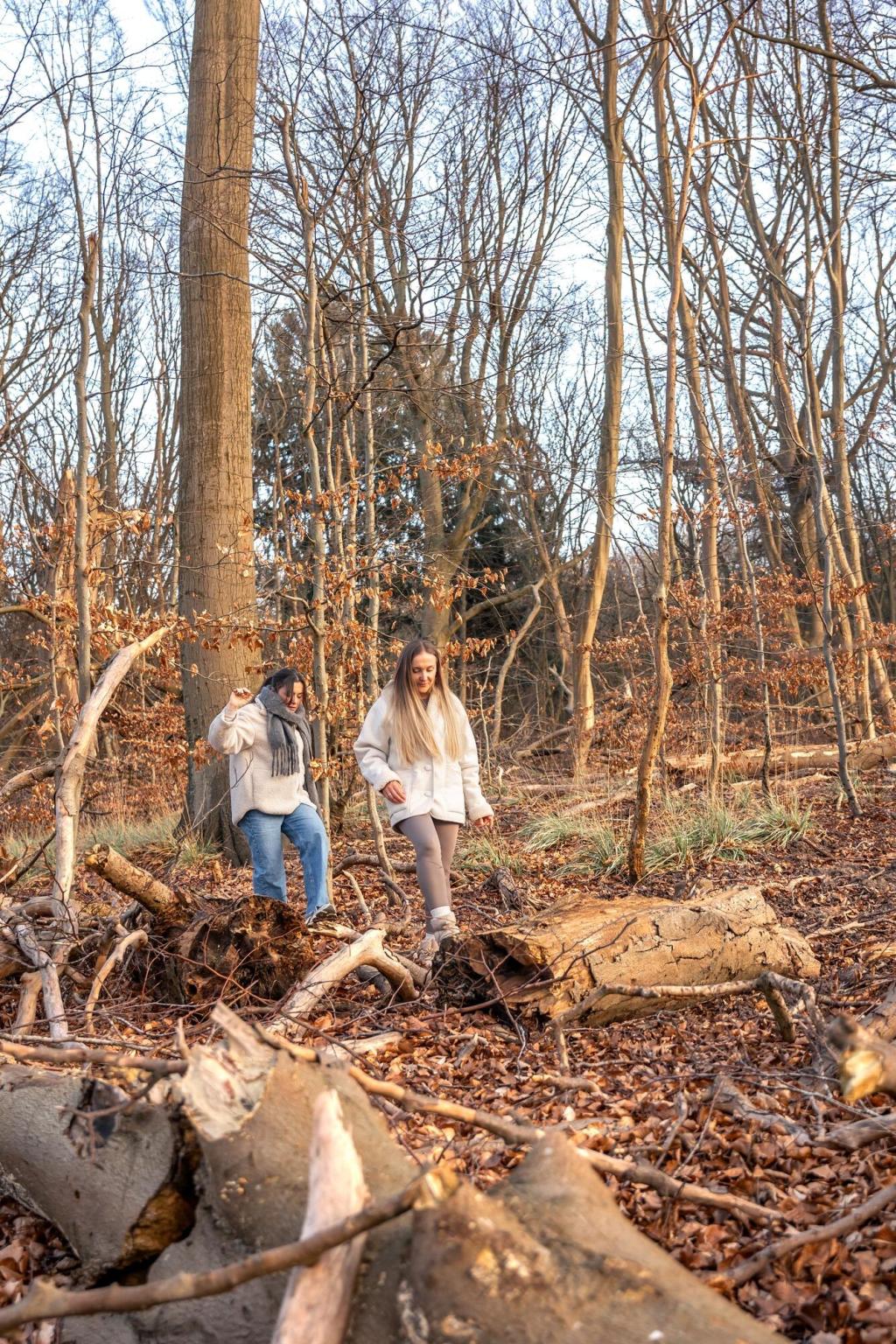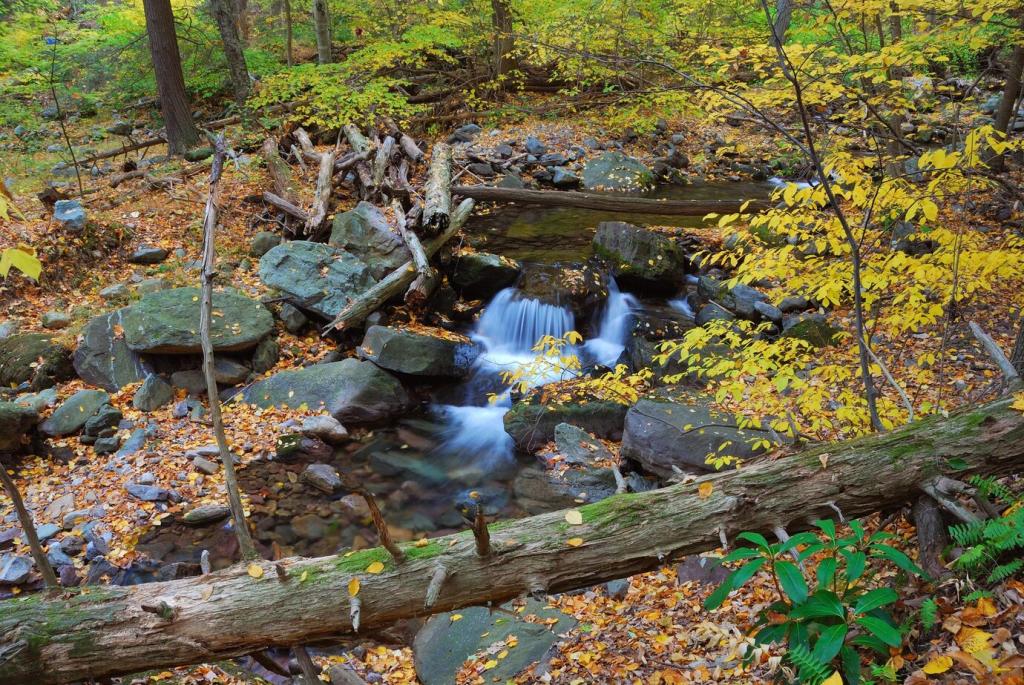What Is an Urban Microforest?
An urban microforest is a compact, multi-layered planting that mimics natural forest structure—canopy, understory, shrubs, and groundcover—using locally adapted native species. Dense spacing accelerates growth, fosters complexity, and invites an astonishing variety of urban wildlife.
What Is an Urban Microforest?
Even on a pocket parcel, structural diversity multiplies niches. Edges, dappled light, leaf litter, and varied plant forms create microclimates where pollinators, birds, amphibians, and fungi thrive. These patches become stepping stones that reconnect fragmented urban habitats.



